The Willow Project: Why it Matters
Paul Horn (Inside Climate News)
Department of the Interior, Department of Natural Resources
March 31, 2023
What is the Willow project?
Perhaps you have heard of the Willow Project in passing or on social media, but do you know what it entails?
The Willow Project is a huge oil-drilling venture that has been in the works for years. The oil company, ConocoPhillips, has held leases to develop oil going back as far as the 1990s. Willow is located in Alaska, more specifically on the National Petroleum Reserve (commonly referred to as the NPR-A).
Why is it such a big deal?
Okay, so why should anyone care? After all, it’s not even part of the contiguous United States! It comes down to environmental concerns.
By now it should come as no surprise that the Arctic is melting, contributing to rising water levels and global warming. It is estimated that the project as a whole will produce 260 million metric tons of greenhouse over the course of the next 30 years. This oil will not hit the markets for at least years considering the land needs to be cleared and construction must commence before any profitable drilling can be done.
Along with these issues are more immediate concerns: the habitats of wildlife such as polar bears, caribou, and musk oxen–to name a few..Environmental activists along with the Native village of Nuiqsut, a tribe that lives close to the oil drilling endeavor, fiercely oppose the Willow Project. The Nuiqsut argue that they are to face the worst of the environmental and health impacts of Willow.
Are there any pros?
By far, the biggest argument in favor of the Willow project is the financial gain to be had there. The oil industry is extremely lucrative and —for a company that earned $18.7 billion in earnings in 2022 alone— the money is worth the controversy.
A coalition of Native Alaska groups supports the endeavor because it could mean a much-needed source of revenue to fund public education and health services in the region. The Native groups feel that they have become very reliant on the state and federal government and Willow can help ease that reliance. The jobs to be created through Willow are another argument for the project, although only 300 permanent jobs are estimated.
The politics involved
As many of us know by now, the Russia-Ukraine war has contributed to rising inflation with one of the most pressing issues being oil. Russia is the world’s second-largest oil producer and, in light of price caps that were placed on Russian oil by major institutions, refuses to sell to anyone who signs for the price cap.
This issue has made many in the United States grow weary of the nation’s reliance on other countries for crude oil. Russia is only a small example of how reliance on other countries’ exports can be potentially detrimental to the economy.
There is a need for domestic sources of crude oil, which the Willow Project can help to provide. There are also political concerns as President Biden, whose campaign promises in 2020 included climate and environmental protections. Many believe that Biden green-lighting the project is an outright contradiction, but there is more to it than just a broken promise. ConocoPhillips had leases on Willow as early as the 1990s and the Trump Administration had previously approved the project in 2020.
The reason this is significant is that these leases are like a contract and if the federal government tried to stop the project, it would be a breach of contract. Had the Biden administration tried to stop the Willow Project, ConocoPhillips would have grounds to sue the United States. Should this hypothetical lawsuit take place, it is likely that it would entitle ConocoPhillips to not just the investment already placed on WIllow but also the profits that would have been made.
In the case of such an event, the money would have to come from taxpayers. This would be the worst-case scenario, hence why Biden instead revised the project from five drilling sites down to three instead of rejecting it altogether.

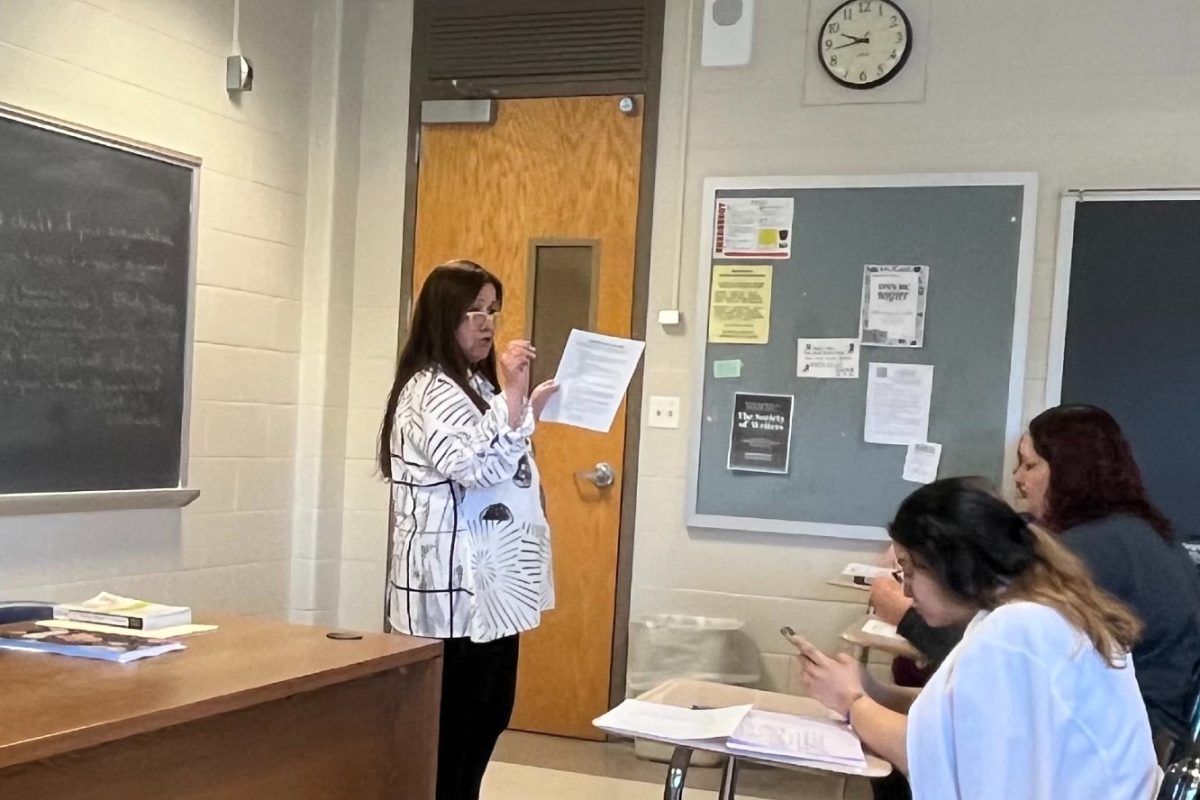
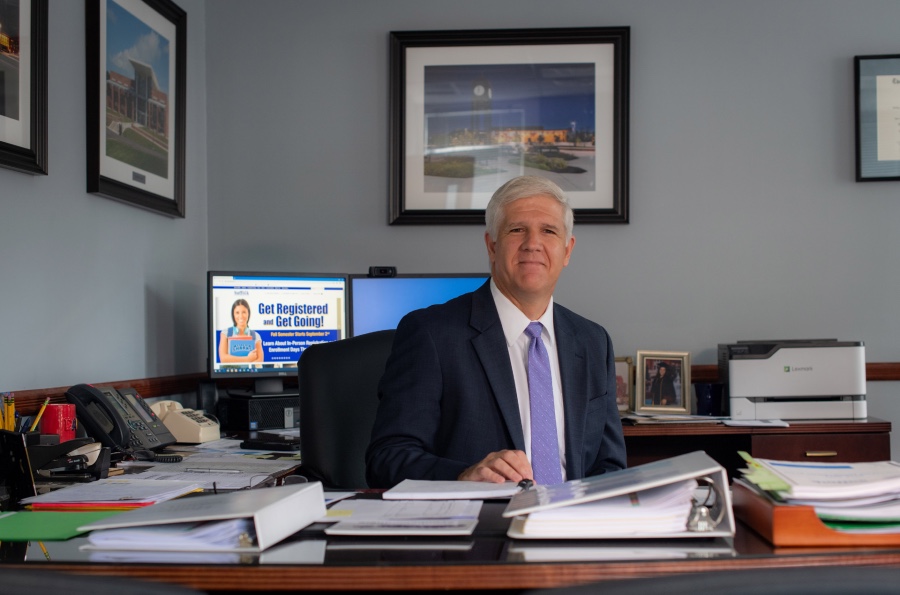








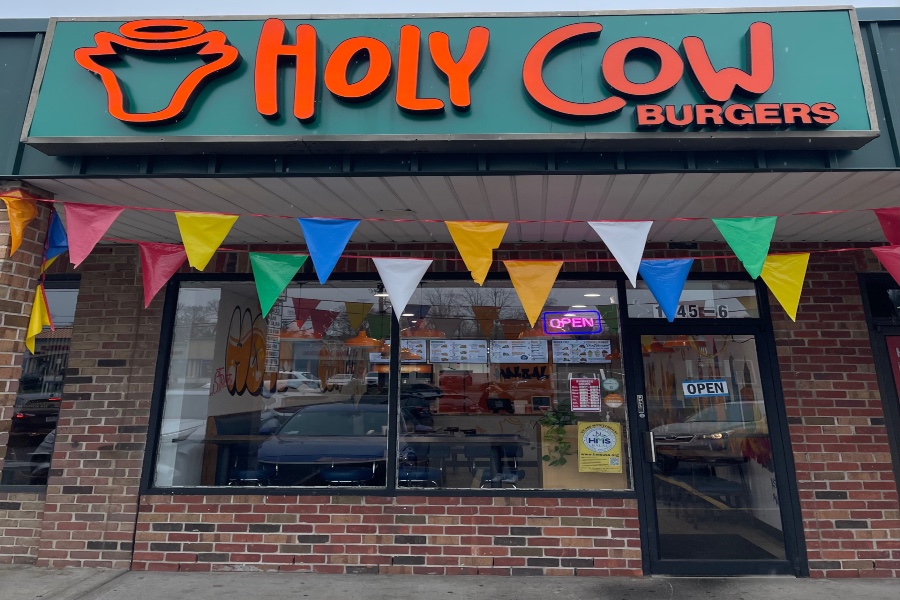







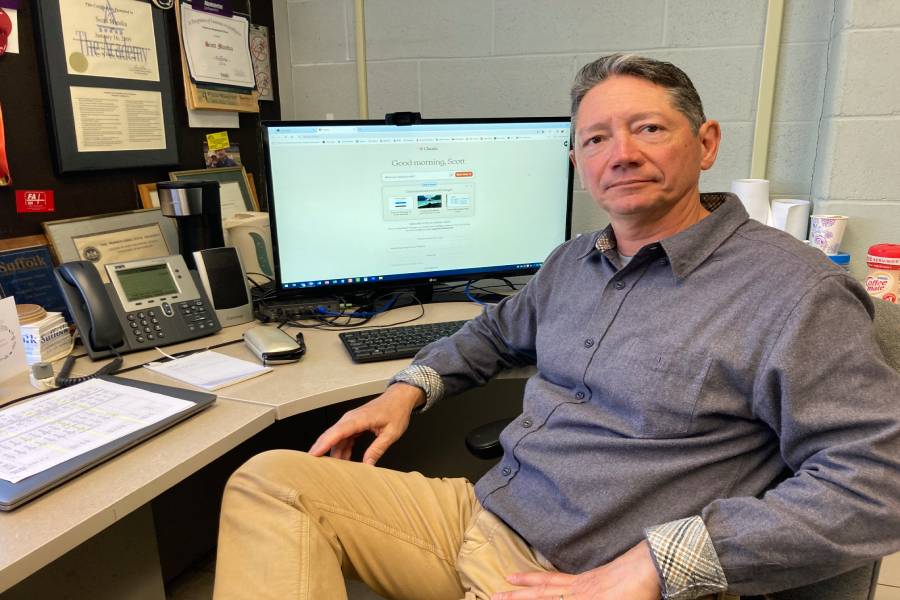

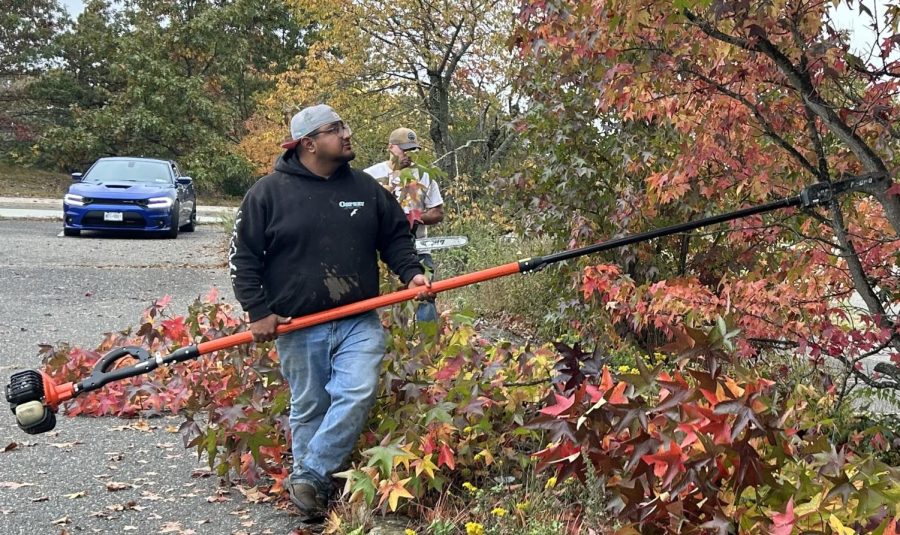

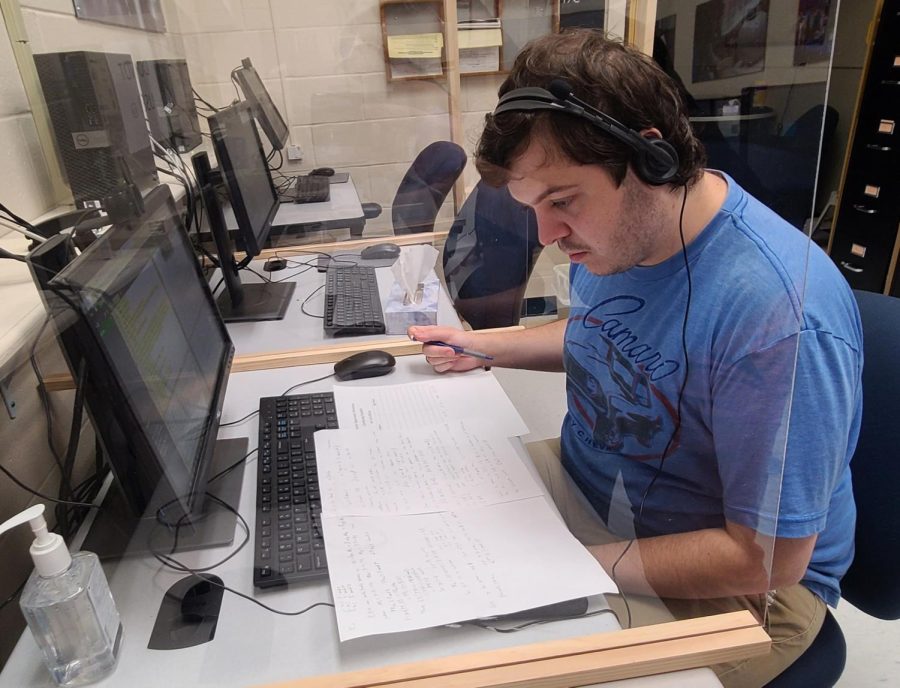

























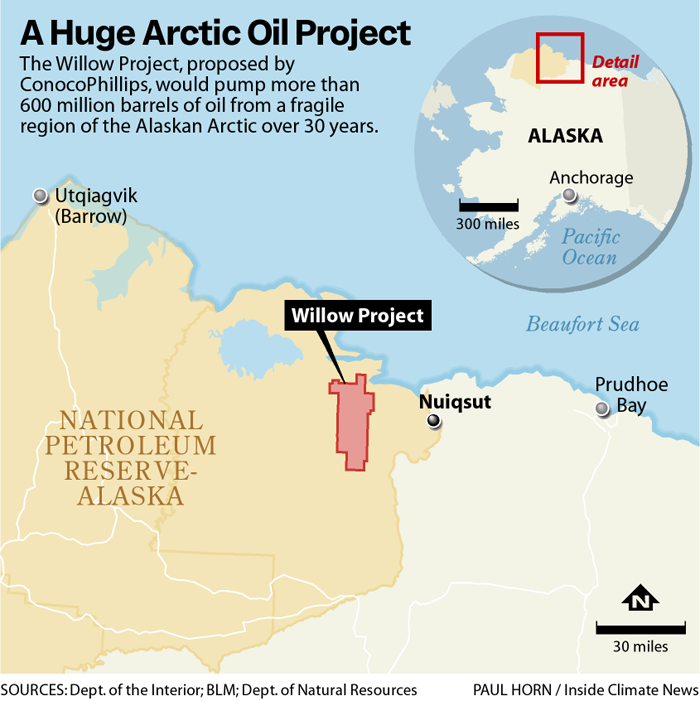







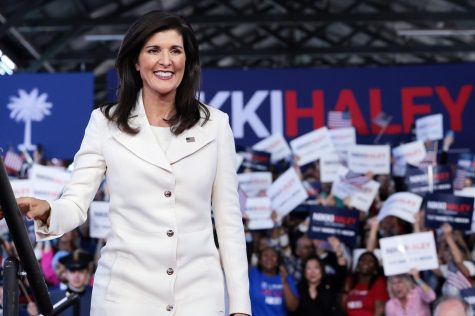

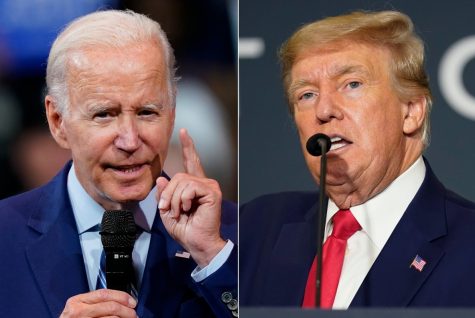
Riley Z • Apr 1, 2023 at 12:29 am
We need to protect as much of our land as possible, and return native lands back to the ones it belongs to.
Northern hunter/fisherman • Mar 31, 2023 at 9:52 am
Yall just repeat the same old stiff. It’s like you guys copy and paste from other articles because that’s all I read. You all don’t live up and most likely will never see what it’s like up here. We are bountiful in everything from caribou, moose, all sorts of birds and fish. With this project, I as a hunter/fisherman will have access to lands that we could not get to before and that is why I support this project. You all are so clueless to how it all works. If you all are so against this project then I suggest you give up everything in your daily lives like most of the products you use and tell me how that worked for you oil. Everything you pretty much touch and use are made from petroleum. Just as the other articles I’ve read and commented on, this most likely will not end up on your comment section because you will only put what you guys believe in and what ever fits your narrative. I live up here and I see it every day. We have adapted and adapted very well to our environment so please quit speaking on our behalf when you haven’t a clue of how things work.
Natalie Villalba • Mar 31, 2023 at 8:22 pm
I did plenty research and did list some of the pros. I am aware that there is good to it but let’s not pretend there aren’t any cons. Regardless, I am grateful for you contributing to the engagement and felt moved enough to comment.